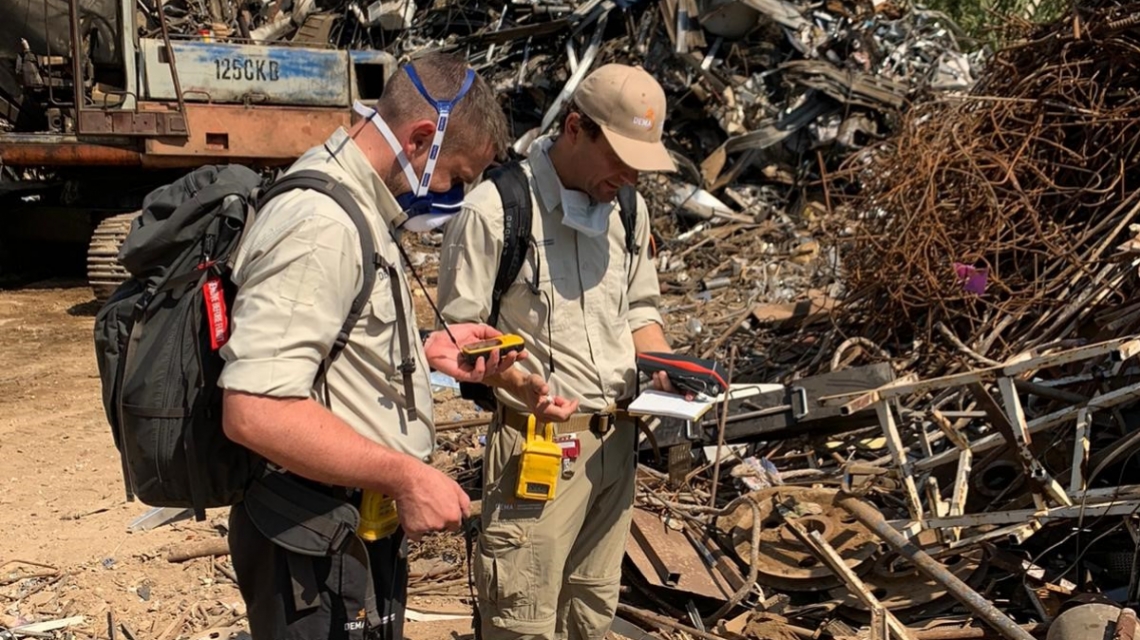
A new global initiative will use nuclear science to better manage pandemic threats, such as COVID-19.
In February, the IAEA and the Joint United Nations Programme on HIV/AIDS (UNAIDS) pledged to increase collaboration to tackle cervical cancer, especially to help low- and middle- income countries, where 85 per cent of annual cervical cancer deaths occur.
The IAEA and the United Nations Environment Programme (UNEP) joined forces in April to better protect human health and global ecosystems from sustained releases of mercury and its toxic derivative compounds into the environment.
In June, the IAEA launched the Zoonotic Disease Integrated Action (ZODIAC) project, an initiative to support countries in preventing and quickly responding to future outbreaks of diseases that spread from animals to humans. ZODIAC will expand and make global the VETLAB network, through which veterinary labs exchange information, share best practices and support each other.
This year, the Renovation of the Nuclear Applications Laboratories (ReNuAL) project achieved important milestones. In June, Director General Rafael Mariano Grossi opened a state of the art laboratory building named after his late predecessor, Yukiya Amano. The new facility will increase the IAEA’s capacity to assist countries to fight and prevent transboundary animal and zoonotic diseases like COVID-19 and to tackle challenges related to climate change and food safety.
In September, Mr Grossi announced to Member States ReNuAL 2, a new effort to tackle the laboratories that have not yet been modernized under the ReNuAL Project. This includes the construction of a new building to house the Plant Breeding and Genetics Laboratory, the Terrestrial Environment Laboratory and the Nuclear Sciences and Instrumentation Laboratory. To achieve ReNuAL 2, the IAEA is calling for the mobilisation of €14.8 million by mid-2021.
The Biological Dosimetry Model Laboratory (BDML) was established at the IAEA Seibersdorf site. A new advanced microscope-based platform capable of identifying and quantifying radiation exposure in people was donated to the IAEA and installed at the BDML.
The IAEA designated three new collaborating centres: in the United Kingdom, Italy and Portugal.
In November, the International Conference on Molecular Imaging and Clinical PET-CT in the Era of Theranostics (IPET-2020) highlighted important clinical aspects and appropriate use of medical imaging in the management of patients with breast, lung, lymphoma, neuroendocrine tumours, paediatric, prostate and thyroid cancers.
To mark the milestone of twenty-five years, 180 analytical experts from around the world shared knowledge and expertise and discussed new ways of expanding the Network’s capacity at the annual Coordination Meeting of ALMERA. In addition, the Global Network of Isotopes in Precipitation (GNIP) turned sixty this year.
The IAEA has launched its updated Database on Industrial Irradiation Facilities (DIIF), featuring an interactive map with information on nearly 300 gamma irradiators and electron accelerators from around the world.








